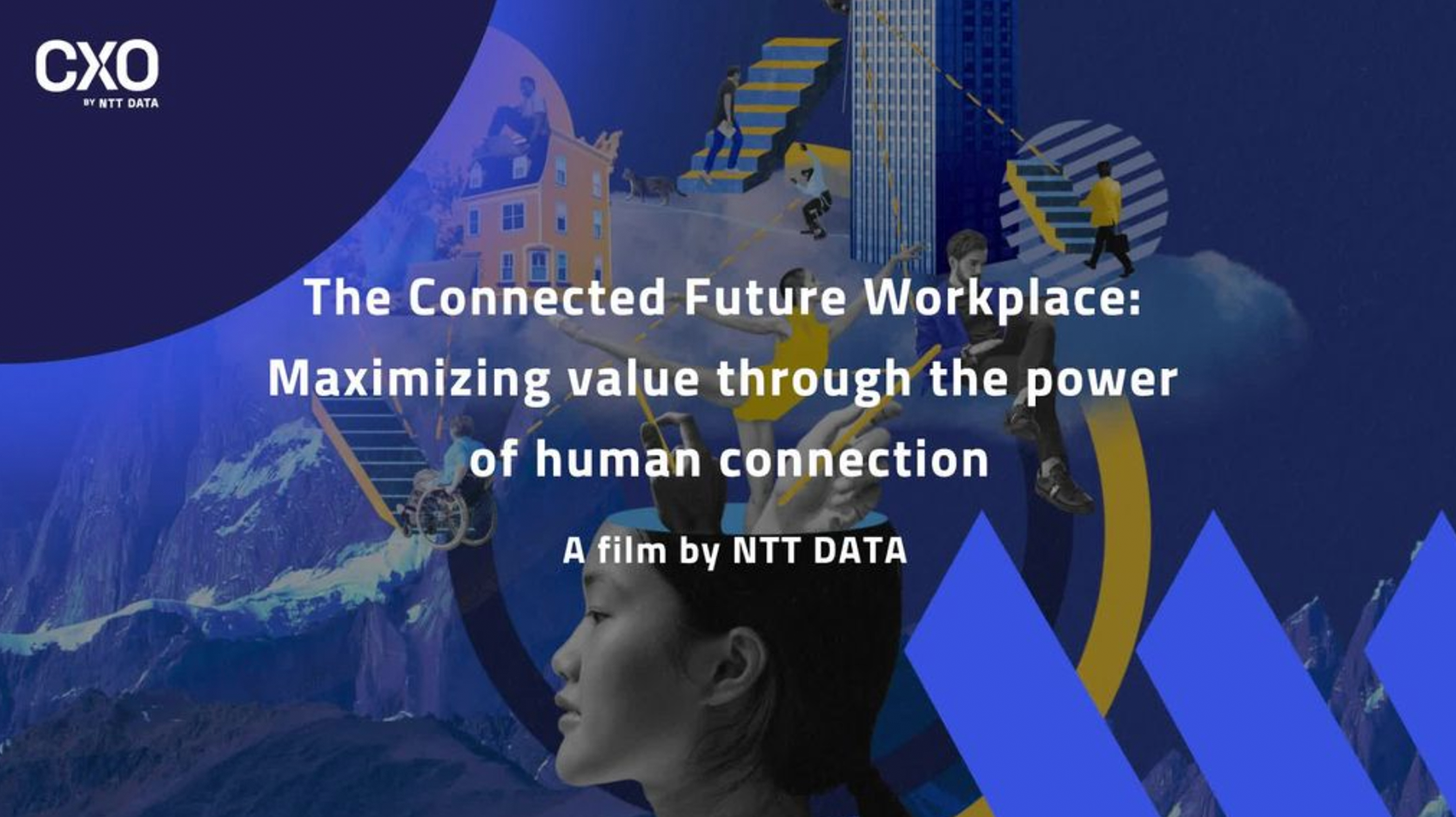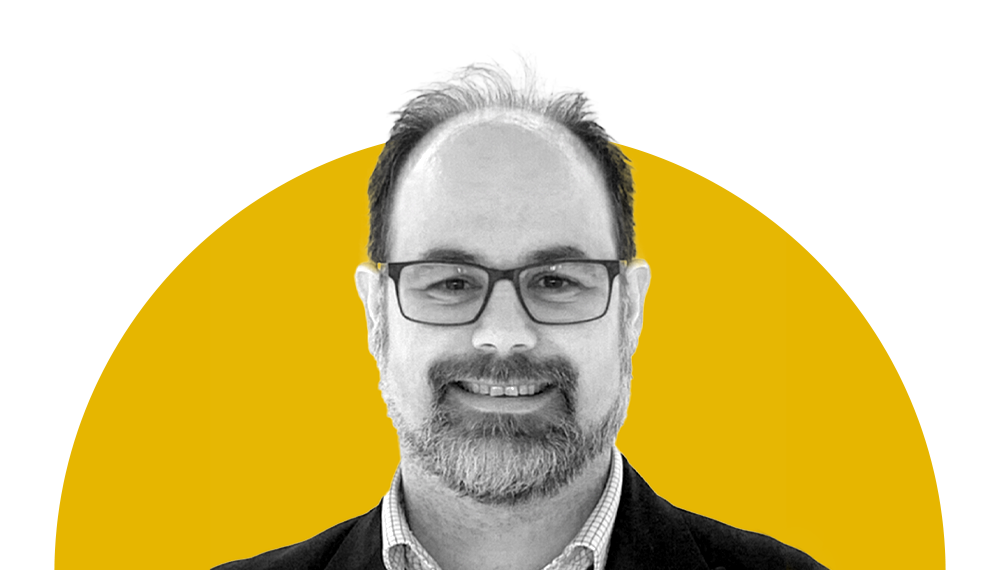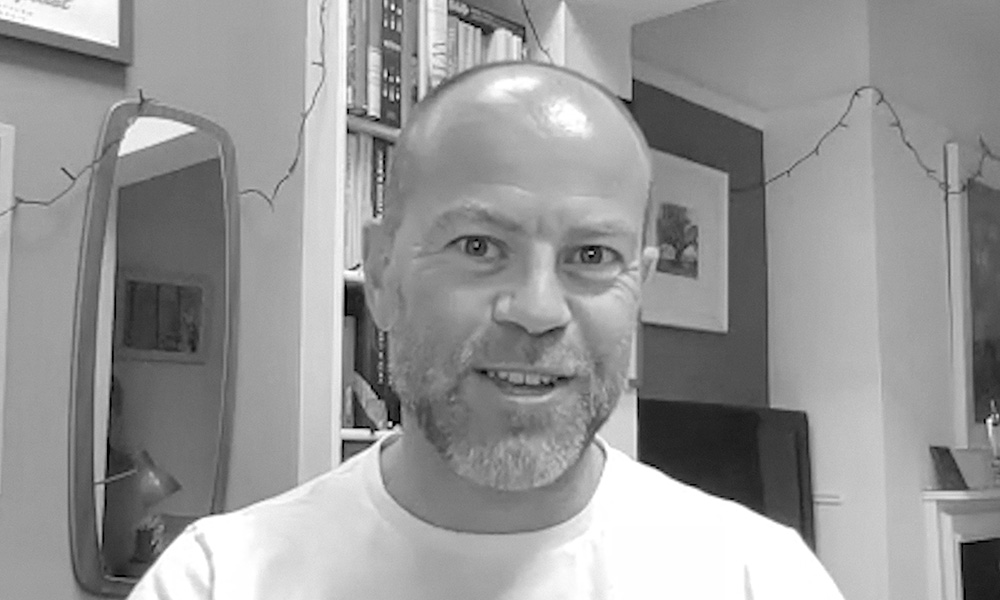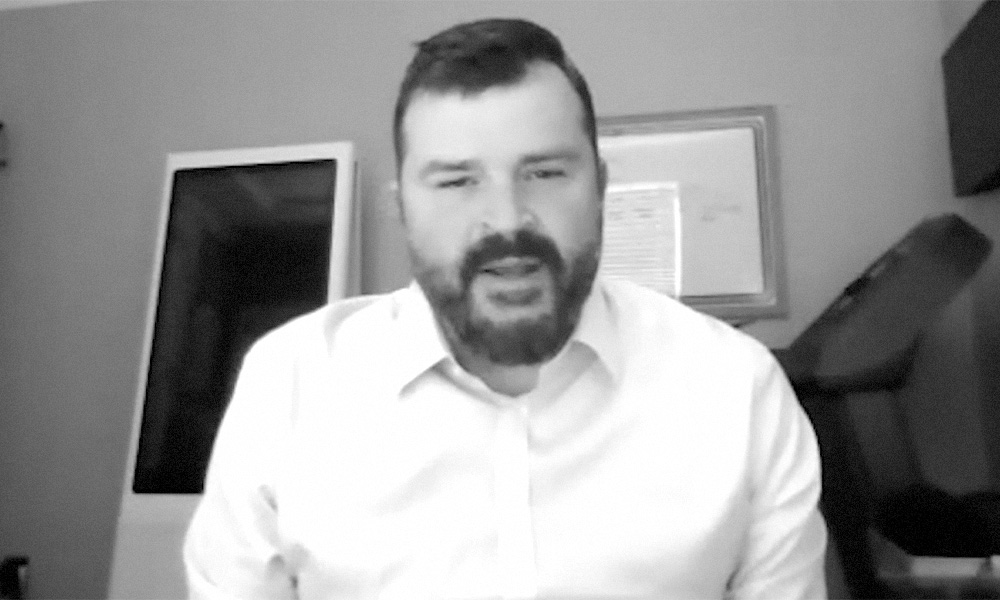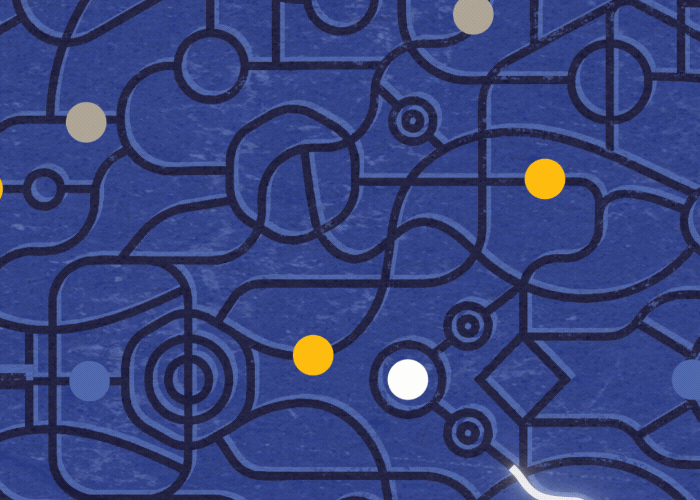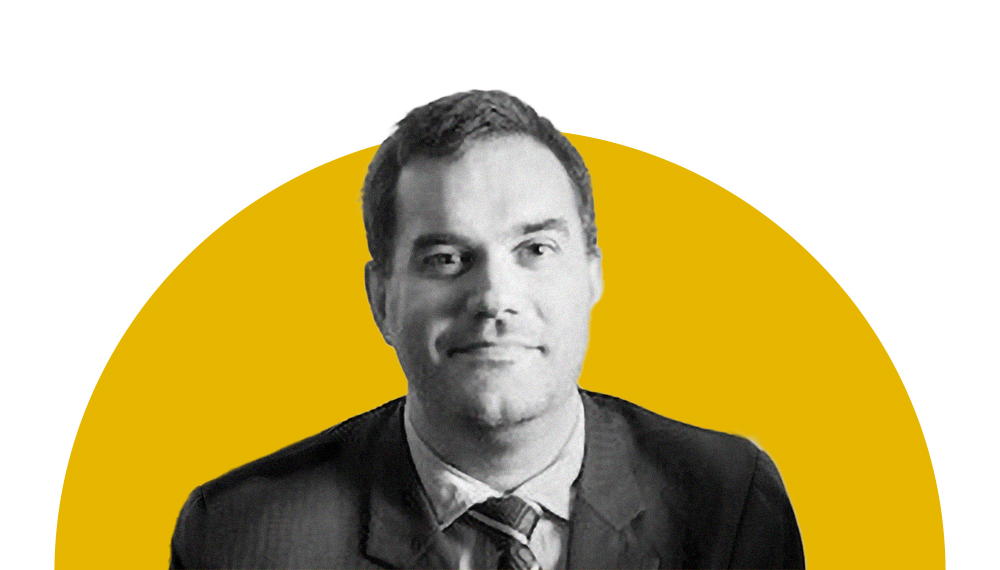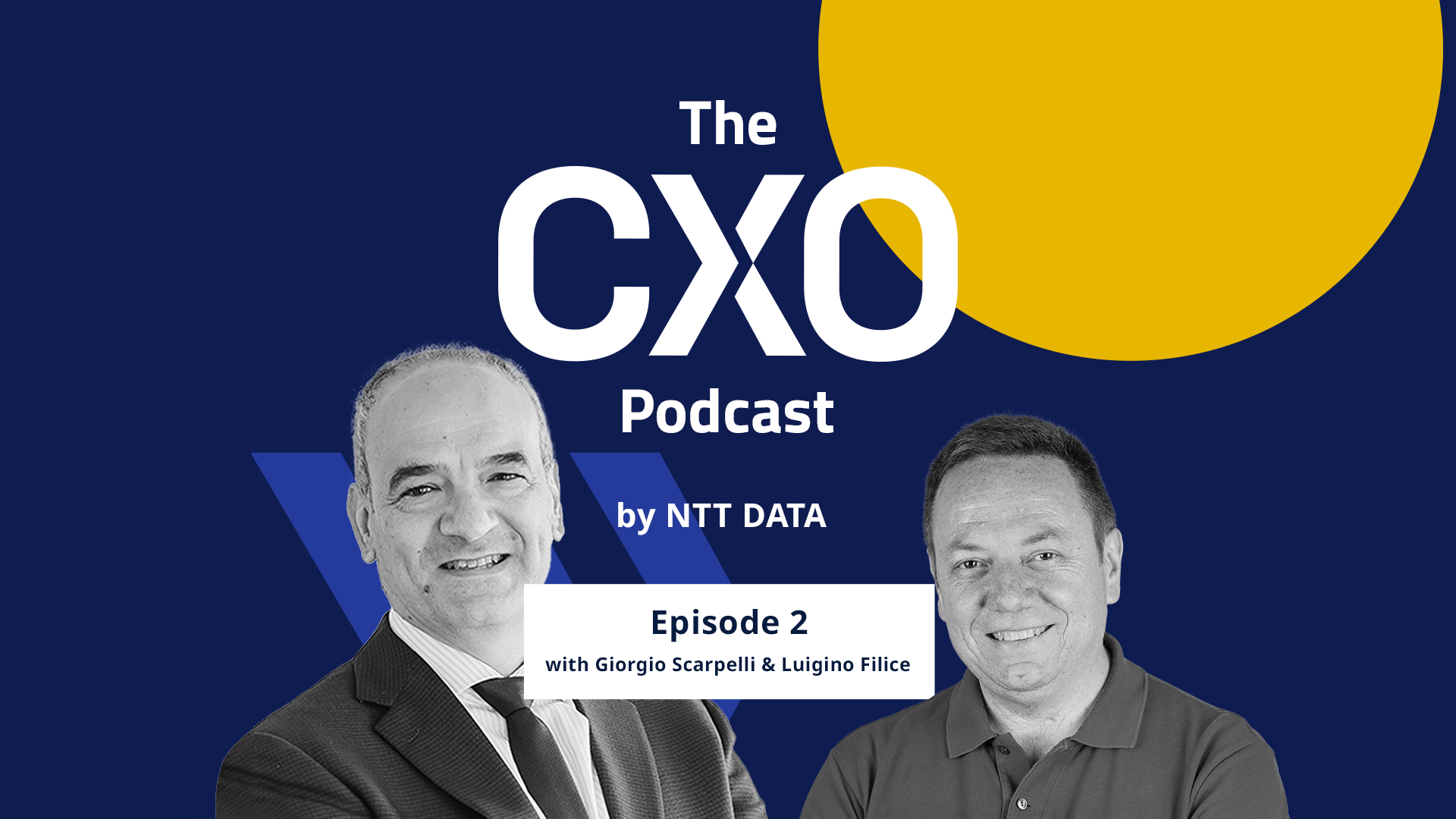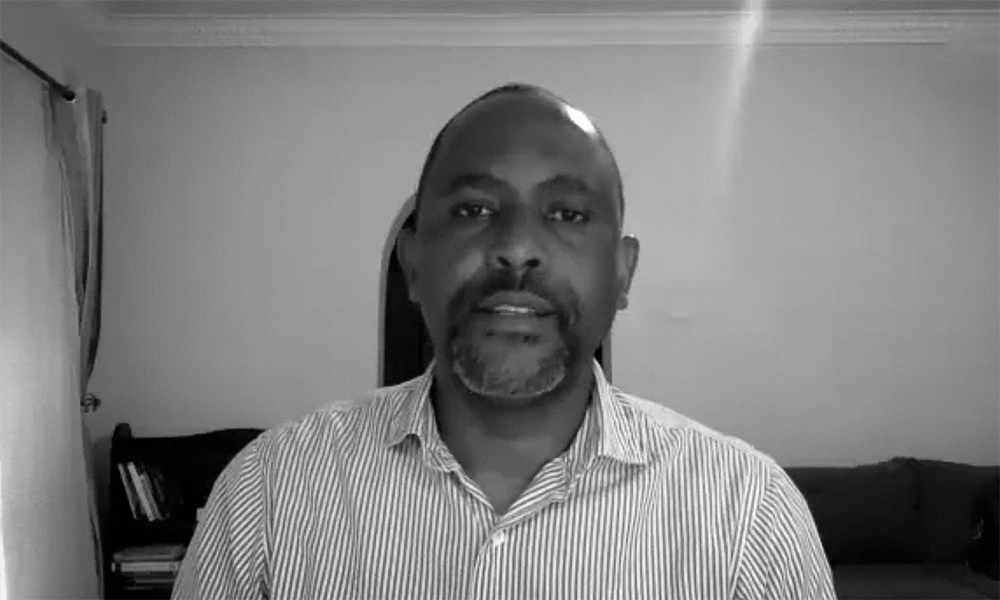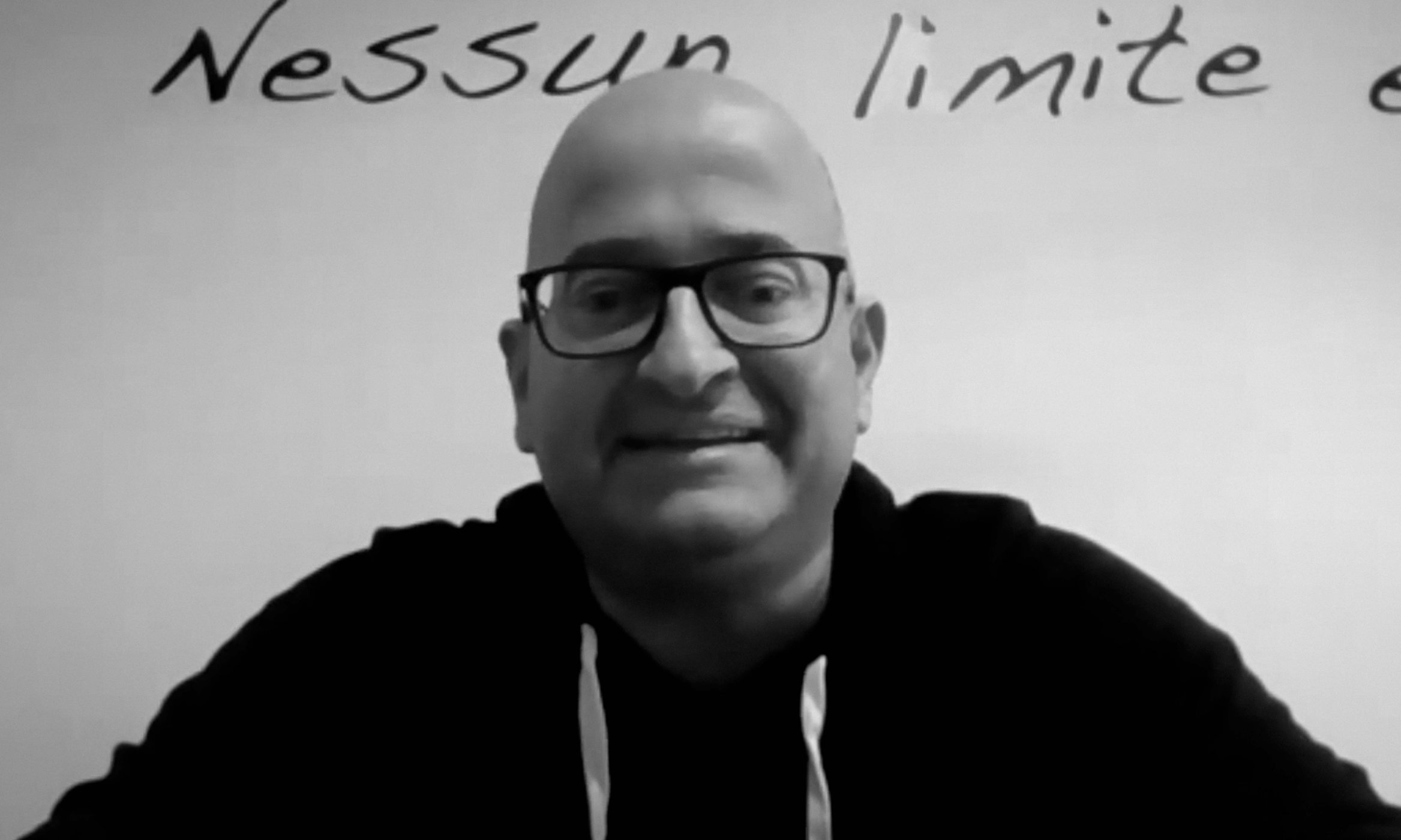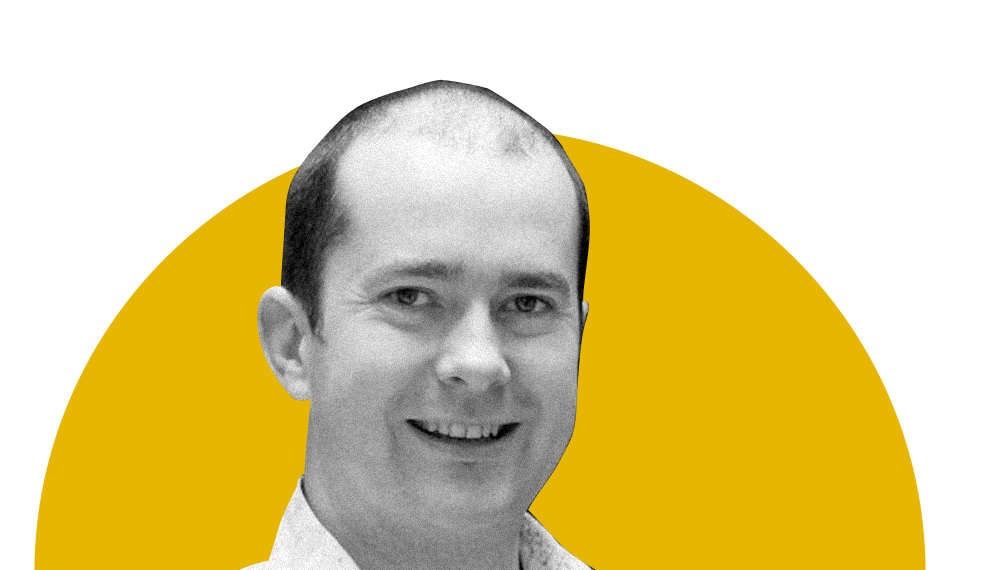54 results
Technology, Talent and the Hidden Benefits of Taking the Road Less Traveled
As the tech industry continues to expand in both scope and reach, creating products that touch every part of our lives, the innovative potential and power of including more ‘outsider’ perspectives within the sector – and bringing in those from different industries and backgrounds entirely – should not be underestimated.
Diversity, equity & inclusionInnovationTalent managementTeam dynamicNavigating M&A Post-Pandemic (And Why Culture and Values Matter)
Mergers and acquisitions remain a viable growth strategy for professional services firms, despite the current challenges – but successfully navigating these deals will require a different approach in a post-pandemic market.
FinanceOrganisational designShaping cultureStrategyTeam dynamicLeading with Empathy: How to Build High Impact Teams
In the wake of a pandemic that has reshaped countless aspects of life as we once knew it, it is clear that many of the ‘old models’ – of working, corporate culture, and especially leadership – are no longer fit for purpose. In this new landscape, where many of us have re-assessed our priorities and are taking care to focus more on our well-being, one leadership quality is more impactful than all others in maintaining employee engagement: empathy.
Operational agilityStrategyTeam dynamicWorking practicesCo-Innovation: Delivering Growth Through Teamwork
Innovation is well-understood as a business imperative, allowing nimble responses to quickly changing demands. What is less understood are the advantages of collaborative innovation, spanning not just silos within the business but in conjunction with outside partners. For any growth-focused organization, a teamwork-based approach to innovation offers benefits beyond the expected.
InnovationPartnershipsTeam dynamicTransport & logisticsAgility in Uncertainty: Surfing the Waves, Reaping the Rewards
For an enterprise to grow in uncertain times, it requires strategic approaches that are focused on seamless transformation – while deftly managing the gap between strategic intent and real-world implementation. This means using the right models and having the right people, because both need to align to ensure relevant and scalable transformation.
Operational agilityOperational excellenceStrategyTeam dynamicWorking practicesShow Them Some Respect: Doing Better At Diversity and Inclusion
How have employee relationships and experiences changed over the course of the pandemic? NTT DATA Romania sought to find out, with results showing a wide range of perceptions: some celebrated the new forms of communication and others were dispirited by the decrease in in-office interaction. This leads to a challenging but crucial question: how can we make sure we all feel included in our organizations?
Diversity, equity & inclusionPost-Covid workplaceShaping cultureTeam dynamicWhy Now is a Moment That Matters
The game has changed. Our role as leaders in this time of unprecedented change is to look outside ourselves – to consider the needs and experiences of our teams, customers and communities. When we do that, we will serve everyone – including ourselves – far better.
Hybrid workingOrganisational designStrategyTeam dynamicWhy Ethical AI Requires a Human Touch
Algorithms may be perceived as being an objective way to instill diversity, equity and inclusion (DEI) in an organization, but AI is by no means exempt from the unconscious biases that human beings exhibit, and we must guard against thinking of AI as a silver bullet. We already know that a more diverse workforce leads to greater innovation, but diversity in the teams designing the AI underpinning future workplace processes will also help to keep it less biased, and ensure organizations achieve their DEI goals.
Artificial intelligenceDiversity, equity & inclusionRecruitmentTeam dynamicBetter Communication: Understanding the New Language of Digital Teamwork
For many years now, there has been miscommunication happening in the workplace. It’s not just about age or technology – it’s because we didn’t have a rulebook for our body language in a digital world. One of the crucial cornerstones of this new way of working is ‘communicate carefully’ and, given how central reading and writing comprehension is to our hybrid work lives, reminding ourselves what good communication looks like is critical to being a conscientious colleague. As our workplaces have become increasingly remote, these principles should be at the forefront of all that we do.
Hybrid workingShaping cultureTeam dynamicEffective Change Management for a Resilient Workforce
Change management ensures organizations can implement new ways of working, new technologies and new methodologies – as well as cultural and mindset changes – without losing employee traction and engagement. This vital element of project delivery keeps people and productivity on side while shifting business foundations towards the future.
EXHybrid workingOperational agilityOperational excellenceTeam dynamicWorking practicesUnconscious Bias is Harming Our Teams and Technology: How Can We Tackle It?
Bias in technology is real, and as we design and build increasingly powerful systems, our obligations to those using the technology increase in step. Two experts share what they’ve learned for building diverse and efficient teams and ethical AI frameworks.
Artificial intelligenceBreakthrough technologiesDiversity, equity & inclusionTeam dynamicHybrid Happiness: Designing the Work Environment of the Future
With organizations currently looking at an increasingly detached workforce and a fierce talent war, a human-centered approach to HR is certainly gaining traction. This is where design thinking comes into play – to remain competitive, companies need to involve people in co-designing an environment where they want to show up.
Design thinkingEXHybrid workingPost-Covid workplaceTeam dynamicBuilding Gentelligent Cultures for the Future of Work
Within every organization today, there is an untapped source of advantage, one we all possess but almost no-one is using well: the potential of age diversity. Intergenerational collaborations tap into the different expertise that stems from growing up in different periods of history. To get away from the notion that teams made up of multiple generations will suffer from miscommunication and conflict, leaders must create organizational cultures where generational differences are reframed as a source of strength and opportunity.
Diversity, equity & inclusionL&DShaping cultureTalent managementTeam dynamicEmployee Wellbeing is the Core of Connected Workplaces
Leaders will need to learn to manage wellbeing and the social aspects of team relationships, if they want to successfully build connection and productivity in the workplace of the future.
Employee wellbeingEXHybrid workingPost-Covid workplaceTeam dynamicInclusion and Diversity Matter, and Here’s Why
Leaders today face a bewildering amount of change and uncertainty. They are expected to guide others, even when they themselves are unsure of the way forward. Yet diversity, which is often perceived as a problem, is actually a free resource to help leaders to de-risk and calibrate their decision-making.
Diversity, equity & inclusionShaping cultureStrategyTeam dynamicFuture Fit: Implementing Cloud-Based ERP the Right Way
Enterprise Resource Planning is a key piece of the puzzle when it comes to turning operational excellence into competitive advantage. But as the cloud opens up opportunities, relationships between clients, services and suppliers are changing. As suppliers are being asked to accept more client risk, and own processes in the future, success in the new world will come from carefully building trust.
CXOperational excellencePartnershipsTeam dynamicTrustNurturing Inclusivity and Productivity in a Hybrid World
Businesses must continue to navigate the evolving relationship between employers and employees to ensure a happier and productive workforce. Setting clear expectations and empathizing with individual motivations and priorities encourages transparency, and helps to build a trusting culture in the organization.
Diversity, equity & inclusionEmployee wellbeingHybrid workingTeam dynamicTrustThe Rise of Collaborative Leadership
The collaborative approach to leading teams is best suited for today’s complex workplace, where newer, less-defined problems need agile solutions. Through collaborative leadership, executives can create an inclusive environment that energises teams, releases creativity, and cultivates a company culture that is both productive and joyful where information is exchanged organically, and everyone takes responsibility for the whole.
Diversity, equity & inclusionEmployee wellbeingShaping cultureTeam dynamicAdaptive, Diverse and Cyber-Effective: The Elements of an Intelligent Organisation
We need to rethink the organisation. We must break from the traps of historic convention, stop managing the wrong things and embrace an adaptive synthesis of people, behaviours and processes enabled by effective information. In doing so, intelligent organisations will deliver greater value to all stakeholders.
Organisational designStrategyTeam dynamicWorking practicesAn Intelligent Organisation Starts and Ends With People
Nature shows the way: those who adapt, survive. This also applies to organisations, especially against the background of enormous challenges, such as accelerated technological evolution, pandemics and climate change. To achieve this, organisations must leave behind linear-hierarchical structures and move towards networked-intelligent ones. But how can this be achieved?
Organisational designStrategyTalent managementTeam dynamicThe Future of Work is More Flexible, Greener and Smarter
Smarter and more sustainable workplaces are essential for all businesses as we tentatively emerge from the restrictions of the pandemic. Technology is pivotal in not only providing a seamless user experience but also in building a greener IT strategy.
Breakthrough technologiesPost-Covid workplaceTeam dynamicWorking practicesWhy Small Teams are the Engine for Agile Transformation
In agility, less is definitely more. From communication to productivity to trust, small teams are one of the critical factors in making enterprise agility a reality – and a success – for any business.
Diversity, equity & inclusionInnovationTeam dynamicWhite Paper: Lessons from the future
The sudden shock of the changes brought about as a result of coronavirus has passed, and we are now settling into what is likely to be a long period of working from home. Our sister companies, particularly NTT DATA Italia, have been coping with this situation for some time already, and we have benefitted from their experience. We would like to share some of what they have discovered.
Post-Covid workplaceShaping cultureTeam dynamicWhitepaperWorking practicesThe Secret of Enterprise Agility: Where Science Meets Organisational Change
Most mindsets or frameworks developed to support an environment where employees can confidently adapt to market opportunities, such as Agile, Lean, and Scrum are not enough. A new framework of reference is required, one that draws on neuroscience, organisational psychology and new types of leadership.
Operational agilityOrganisational designStrategyTeam dynamicLearning to Transform: How Collaboration and Care Help Us Deal With Change
Learning is a critical part of an organisation’s ability to transform. The steep learning curve on cloud native migrations offers a useful lens through which to understand how we can improve both training and ways of working, in order to create an agile and future-fit organisation.
Breakthrough technologiesOperational agilityTalent managementTeam dynamicCultivating Agile and Adaptive Teams the Military Way
With a ‘mission command’ philosophy, organisations can adapt to the VUCA environment businesses face today. By focusing on the team’s coherence as a whole, and its ability to share information and make decisions effectively, organisations can thrive in uncertainty.
Operational agilityShaping cultureStrategyTeam dynamicBringing Everyone Along: A Model for Maximising Adoption in Change Projects
Change management is an underrated tool in the fight against continual disruption. With a few basic tenets, companies can get a handle on quickly assembling resources – and, crucially, maximising buy-in from the workforce – in response to changing external and internal environments.
EXOperational agilityTeam dynamicWorking practicesDesign in a Remote World
Even as we return to the physical office as the effects of the pandemic begin to subside, remote working is here to stay. And there are few disciplines which rely on in-person collaboration for innovation as much as design. By embracing new technologies, we can not only facilitate but also improve ways of working.
Hybrid workingTeam dynamicUnlocking Potential to become an Organisational da Vinci
One of the biggest challenges faced by leaders is connecting the diverse perspectives and skills inside, and outside, the organisation in order to focus innovation efforts. Peter Fisk, takes us through what we can learn from Microsoft’s renaissance under Satya Nadella.
InnovationOrganisational designPartnershipsTeam dynamicTrue Innovation through Digital Participation
Study after study shows that a diverse workforce and diverse management teams are more creative, innovative and successful. But diversity is just part of the puzzle. For a company to be truly innovative, the platform for new ideas to emerge must be open and accessible to all.
Diversity, equity & inclusionEXInnovationTeam dynamicPlay, Build, Innovate: How to Assemble the Future You and our Customers Want
If creativity is the starting point for innovation, then play is the starting point for creativity. But without a connected ecosystem, both in and outside the organisation, great ideas will fail to come to fruition. Harnessing diversity of thought and empowering your workforce with curiosity, passion and collaboration, is how businesses need to behave if they want to become constant innovators.
CreativityInnovationTeam dynamicWorking practicesGo to the Edges of the Map
Often, all we need to embrace the unorthodox is the permission to do so. The idea of “the rebel pirate” can give rise to fertile, free-thinking environments, ripe for innovation. Fortune favours the bold, after all.
InnovationShaping cultureTeam dynamicWorking practicesHow Diversity & Inclusion Drive Innovation
Diverse perspectives help teams to see things in new ways, not only driving the creation of better products but also helping businesses reach a broader customer base and garner success in new markets. But to go from good to great, innovative teams must prioritise inclusion – making your employees feel safe to express their unique perspectives.
Diversity, equity & inclusionInnovationShaping cultureTeam dynamicDistant, but close: a new way to experience spaces in the “liquid” office
The experience of the past months has been an opportunity to reflect on the office of the future. Here's how we imagined it. Translated from Italian
Hybrid workingIoTOperational agilityTeam dynamicCreating Innovation in the Status Quo
How can the entrepreneurial spirit needed to truly innovate be fostered inside a system designed to maintain the status quo? This is a challenge faced by businesses across the globe. Leaders must break down the barriers in their organisations, to truly create space for innovation.
InnovationShaping cultureStrategyTeam dynamicWhite Paper: Building a High-Performance Culture
This paper investigates how to build a high-performing company culture through purpose, meaning and entrepreneurship.
PurposeTalent managementTeam dynamicWhitepaperWhite Paper: Re-Energising Employees to Thrive in a Changing Business
The white paper examines some of the key challenges facing organisations as the digital revolution gathers pace. By understanding the new disruptive environment and connecting people across (and beyond) the workforce, organisations can become more motivated, inventive, adaptable and quick to respond.
EXTalent managementTeam dynamicWhitepaperWorking practicesThe Mobilised Organisation: Building Power through People for a Resilient, Innovative and High Performing Organisation
When discussing employee culture, much focus has been put on agility, or the ability to respond to change. But to remain relevant and competitive, organisations must also consciously lead the change. In this way, there is much leadership teams can learn from social change movements, where authentic purpose, a belief in people power and the removal of barriers to participation mean that grassroots mobilisation can have real impact.
Diversity, equity & inclusionEmployee wellbeingTalent managementTeam dynamicWelcome to the first issue of CXO Magazine
Welcome to the first edition of CXO by NTT DATA, a brand-new magazine aimed at corporate leaders. The theme for this first issue is ‘A Culture of Entrepreneurship’.
InnovationIssue welcomeShaping cultureTeam dynamicWelcome LettersNo More Us and Them
Why leaders need to embrace change at an organisational and cultural level to be able to manage the evolving landscape of business relationships, and how small steps can make all the difference.
Shaping cultureStrategyTeam dynamicIf They Work For You, You Work For Them
Effective leaders know how to cultivate the environment that is most conducive with experimentation and learning, by having an unwavering focus on putting your people first.
EXShaping cultureTeam dynamic




